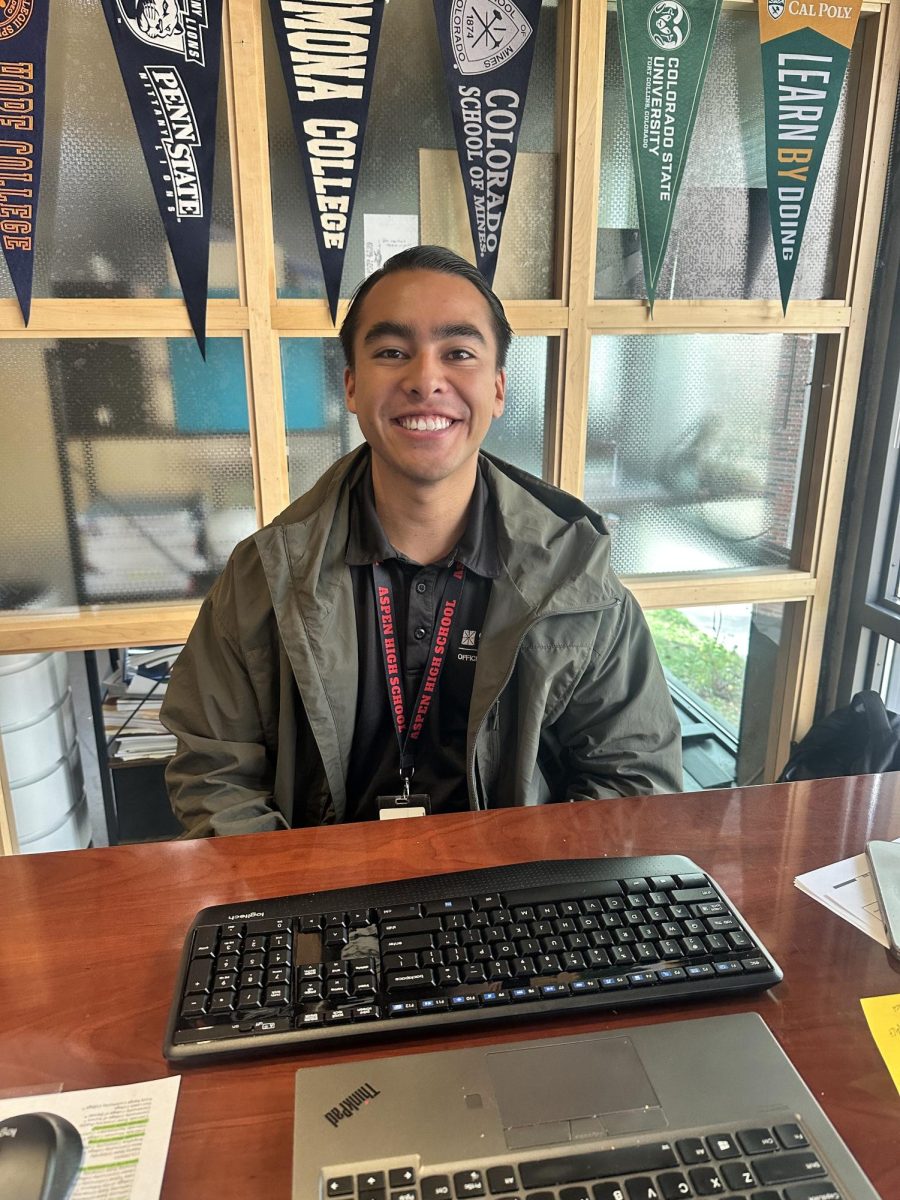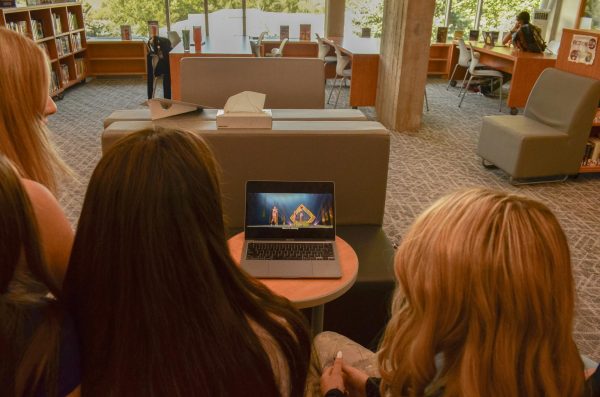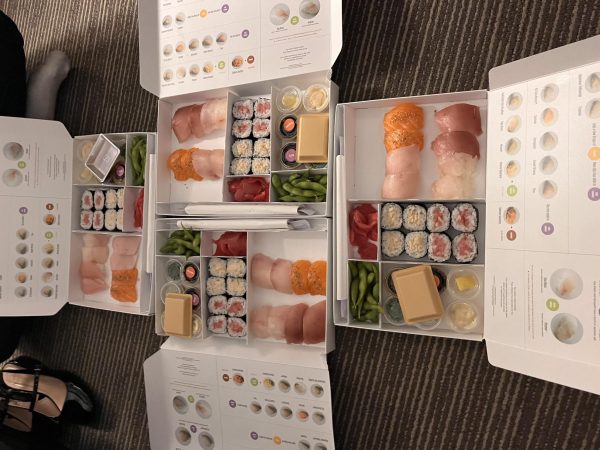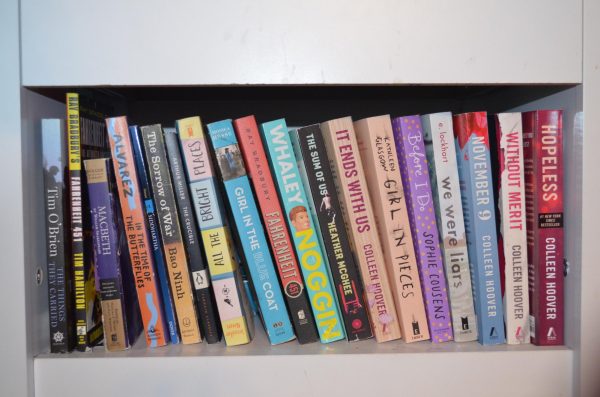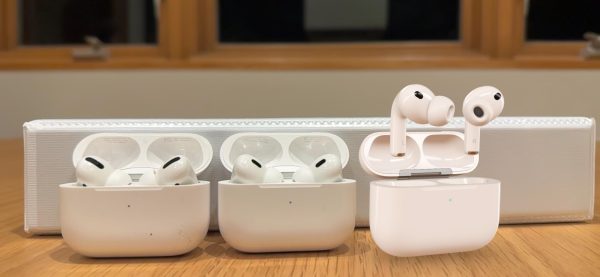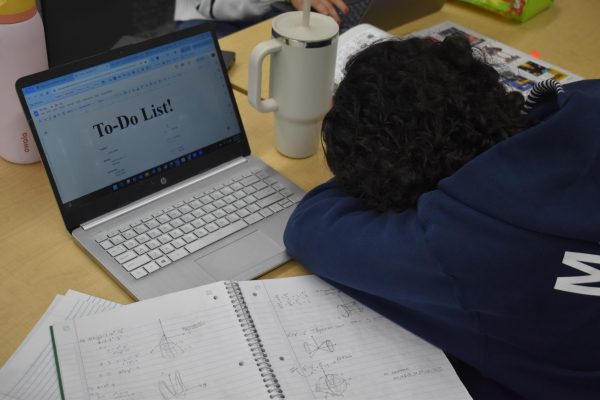Generation Now
On April 10, the Aspen Art Museum opened this year’s student run exhibition “Generation Now,” open until April 24. Every year since 2005, the Aspen Art Museum has hosted the Young Curators of Roaring Fork, a student-driven exhibit where high schoolers both curate the exhibit and create the artwork for it. The theme this year was for students to express their impressions of the current stereotypes of Generation Z.
“We made it so the whole thing told a story as you walked through. You start in the middle, move through the positivity and beauty of our generation, and then circled around to where it gets sort of dark and deep,” said AHS junior and curator Calli Ferguson.
Upon entering the exhibit, the first piece the eye is drawn to is a colorful image of two people, and between them a mix of shapes. The piece is called “Untitled” and was chosen as the one of the main pieces for the exhibit. Each face is made up of many different colored blocks, and in the middle the same blocks from their faces are collaged together. The symbolism of the piece, as the artist Justice Wofford tells, is that the shapes in the middle show how Generation Z is able to bring together the many different races, diversities, and sexual preferences within our society. The curators chose this piece to be the main work of art as it speaks to the coherency of Generation Z extremely well.
To the right of “Untitled” are more five works of art. After seeing one of the main pieces, the eye is meant to be drawn towards the right. Three of the five different are portraits of a girl, but each conveys a different message about “Generation Now”. One of the drawings calls attention to the obsession with technology, calling out a fault in Generation Z. The other works, however, call to things that are more beautiful such as the generation’s connection to the beauty of literature, ability to shed the light of our ideas far and wide, and infinite wisdom and knowledge. While there are good and bad things about the current generation, this part of the exhibit really speaks to the beauty of their nature.
To the left of “Untitled,” however, are some pieces that speak to the issues the generation faces. One painting, “Am I pretty now?” portrays a young girl trying to fit into society’s beauty standards by being unhealthily thin. Another is a sculpture of someone who has hanged themselves, flying up into the sky with the wings on their back and the noose still around their neck. This calls attention to the kids who are suffering, illustrating that there is help out there. While these pieces may be sad, and even slightly disturbing, they show things that are very much a part of Generation Z.
Upon observing all of the pieces in the exhibit and then turning to leave, the last piece by the door is a large simplistic painting of the word “Unfinished.” The curators put this piece by the door purposely, as they wanted viewers to walk out of the exhibit seeing that Generation Z still has much to do.
“We are young, full of potential, and still growing,” said AHS junior and curator Sari Behr.
Putting the whole exhibit together took almost six months in total, but the end result found a way to join both the curators’ ideas and the artists’ work into one powerful exhibit.
“The whole exhibit is really about having a space where the artist and curators have both come together and worked so hard to express themselves. It’s like a blank canvas,” said Ferguson.
The process was long, but in the end the curators agreed that it was well worth the time. First, they all had to apply to be part of the program, explaining what art meant to them. Then, all of the students who were accepted (fifteen from five different schools) were to decide on a main theme, something that wouldn’t be so small that there might not be room for variation, but also not too broad. The goal was to leave room for artist interpretation. Next, the students worked on analyzing art, coming up with formal analyses and learning how to talk about art in a more sophisticated manner. Once all 150 entries were in, they were to decide on which pieces they felt best fit the theme, and from there figure out how to set up the whole exhibit. The end result is a room in an order that not only makes sense, but works aesthetically.
“You see where we come from and who we are, but then also move around to see our flaws,” said Ferguson.
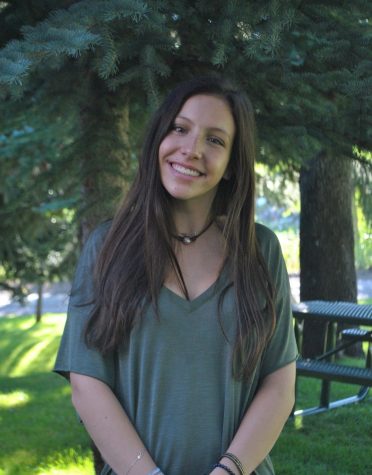
Jordana Rothberg is the current News Editor for the Skier Scribbler. She was born in Aspen, Colorado, and will be graduating with the class of 2017. This...





